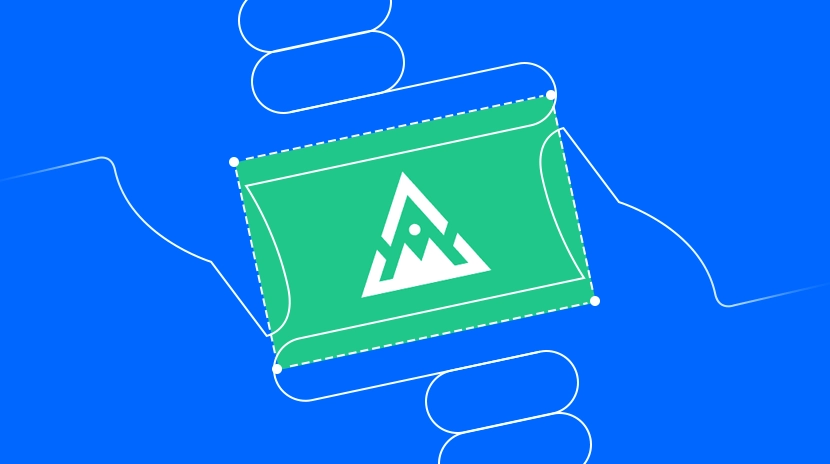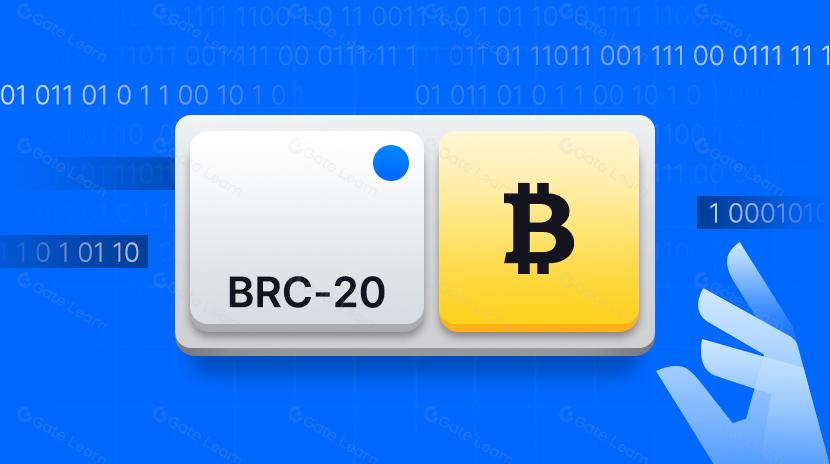Bitcoin Mining Machine

Bitcoin mining machines are specialized computing devices designed specifically for mining Bitcoin, earning rewards by solving complex mathematical problems to validate transactions and add them to the blockchain. As Bitcoin mining difficulty has increased over time, mining equipment has evolved from early CPU mining to today's ASIC (Application-Specific Integrated Circuit) miners, reflecting the significant growth in the network's hash rate and competition.
The origin of Bitcoin mining machines can be traced back to 2009 when the Bitcoin network was first launched. Initially, miners could use central processing units (CPUs) in ordinary home computers for mining. However, as more participants joined the network, competition intensified and mining difficulty increased, prompting miners to switch to graphics processing units (GPUs) for their superior computing power. Around 2011, Field Programmable Gate Array (FPGA) devices began to be used for Bitcoin mining, offering better energy efficiency than GPUs. The truly revolutionary change came in 2013 with the introduction of the first ASIC miners. These specialized chips were optimized specifically for Bitcoin's SHA-256 hash algorithm, offering mining efficiency hundreds of times greater than previous technologies.
The work mechanism of Bitcoin mining machines revolves around the Proof of Work consensus mechanism. Mining machines continuously attempt different nonces, combining them with block header data for SHA-256 hash calculations, aiming to find a hash value lower than the network's current target. This process is essentially a probabilistic competition—the higher the computing power of a mining machine, the greater the chance of finding a valid hash value. When a mining machine successfully finds a hash that meets the requirements, it broadcasts the new block to the network, which other nodes verify before adding it to the blockchain. As a reward, the successful miner receives the block reward (currently 6.25 bitcoins) plus transaction fees. Modern ASIC miners contain thousands of specialized chips that perform only one task: calculating SHA-256 hashes. They typically feature efficient cooling systems and power management units to optimize energy consumption and maintain continuous operation.
Looking to the future, the Bitcoin mining machine industry faces several key development directions. First is improved energy efficiency; as mining difficulty increases and energy costs rise, more energy-efficient mining machines will dominate the market. Although we are approaching the physical limits of silicon-based chips, innovation continues, including improvements in chip manufacturing processes and more efficient cooling solutions. Second, the adoption of sustainable energy is becoming a trend, with many large mining farms turning to renewable energy sources such as hydroelectric, wind, solar, and even volcanic energy. Third, geographical diversification may accelerate due to changing regulatory environments across countries, potentially leading to more globally dispersed mining operations. Finally, as Bitcoin block rewards halve (approximately every four years), mining machine manufacturers and miners will need more efficient equipment to maintain profitability. Despite these challenges, technological innovation and market adaptability will continue to drive the industry forward.
Bitcoin mining machines are significant to the cryptocurrency ecosystem. They not only ensure the security and decentralized nature of the Bitcoin network but also drive technological innovation in specialized computing hardware. Despite criticisms regarding energy consumption and environmental impact, the industry is actively seeking more sustainable solutions. As Bitcoin continues to mature, the evolution of mining technology will continue to shape the future of this field.
Share
Related Articles

In-depth Explanation of Yala: Building a Modular DeFi Yield Aggregator with $YU Stablecoin as a Medium

BTC and Projects in The BRC-20 Ecosystem
